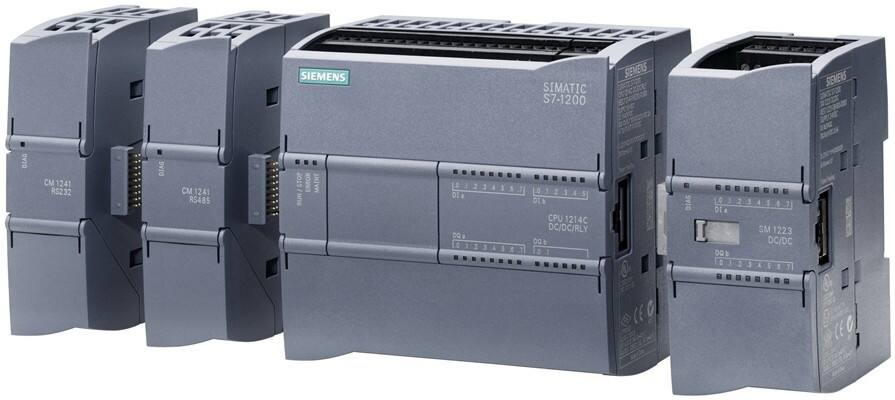vfd variable frequency drive
A Variable Frequency Drive (VFD) represents a sophisticated motor control system that efficiently manages the speed and torque of electric motors by adjusting the frequency and voltage of power supply. This advanced technology transforms fixed frequency AC power into variable frequency output, enabling precise control over motor operations. VFDs operate through a three stage process: rectification, where AC power is converted to DC, DC bus filtering for smooth power flow, and inversion, where DC is converted back to AC at the desired frequency. These drives excel in applications requiring variable speed control, such as in HVAC systems, industrial manufacturing, pumping stations, and conveyor systems. The technology incorporates advanced features including programmable acceleration curves, multiple speed presets, and comprehensive motor protection mechanisms. VFDs significantly enhance energy efficiency by matching motor speed to actual load requirements, rather than running at constant full speed. They also provide sophisticated monitoring capabilities, allowing users to track performance metrics, power consumption, and motor status in real time. The integration of modern communication protocols enables seamless integration with building management systems and industrial automation networks, making VFDs an essential component in smart manufacturing and energy management systems.

